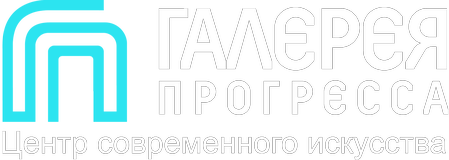Vyatka Art
 Vyatka Carving Art
Vyatka Carving Art
This publication portrays a unique phenomenon in Russian art: Vyatka Carving Art. This type of art traces its roots back to the past; yet remaining expressive and contemporary within each era it comes to. As a craft historically Vyatka Carving Art had been mostly an applicable art form compared to major art. And now the Carving represents competitive works of contemporary art. This however does not mean to revive the traditional Russian craft, but to say there has appeared an independent and reasonably alive element of Russian culture.
The Contemporary Arts Center Progress Gallery has its reasons to support the study and the publication of the fine collection of Vyatka Carving Art. The creator of the collection is a wonderful carving artist Galina Ustinova. In a present situation when art is oversaturated by new art forms and when the features of the arts environment become the leading motivation of art, eventually the individual and sensual authors’ artworks deserve their credibility. The Vyatka Carving Art is a highly authentic, spiritual and soulful form of art that obviously deserves deeper attention and interpretation.
The catalog has photos of artworks with comments of the author. Galina Ustinova is a recognized artist and a national master of art crafts in Kirov region. Galina is also a frequent participant of various exhibitions, both in Vyatka region and far beyond it.
The Vyatka Carving Art appeared in early historical times when Vyatka land was a center of ancient Slavic Vedic culture. However after Christianity had been accepted the Vedic Slavic culture and its ancient knowledge was passed in oblivion. At present almost none of that knowledge remained but for a few separate fragments that miraculously avoided the destruction. This knowledge was told within a symbolical form of the traditional craft: some interior ornaments and everyday life objects. Most finely saved ancient Carving Art patterns are embroidery ornaments and are the distaff and chest carving. Each piece of carving held some protective power as well as the energy to direct life in a favorable course of events of the Divine nature.
Vyatka Carving Art generally reveals all images in a simplified symbolical form. The ancient Slavs believed that the world consisted of four elements: Tsar –Fire (which often denoted the Sun), Tsaritsa-Water, Mother-Wet Earth and Prince-Air which fully covered all space of a painted surface. There also was the fifth element that had a unifying power of the four elements: Love.
Hence there is a structural division of the carving into circles. The top circle denotes the Sky and the Sun. The middle circle represents the world of a man and the nature with all creatures that inhabit it. The bottom circle represents Mother- Earth and Water which gives life to all real.
Mostly the Carving Art served the main deities – Sun-Father and Mother-Earth. The major position of the ornaments belongs to solar symbolism and the picture of a space model of the world (the Universe). Hence the symbol of the Sun is a circle. Its energy in carving gains the form of brief round dabs. There are also symbolic pictures of the World Tree being an embodiment of the World Axis. The Universe and Earth (the ground) rotate round the Axis. The echoes of these and a few other images are still used in the traditional carving art of the Dymkovskaya Toy.
Basic colors for Vyatka Carving are firstly red: it is the color of the Supreme Deity of the Genealogy. Other colors are yellow, orange and black. Contrast paints are usually green or blue that draw water and Heavenly Waters - the waters that come from the Sky Sphere. The irreplaceable element is the white color which denotes the Initial White Light.
The Vyatka Carving Art style may be characterized as free, hand carving, and dotted. It is carried out using the "double dab" technique with the background of the artwork or without it.
The artist applies her author's special technique: the tree carving.

